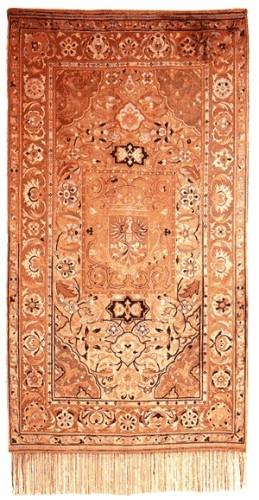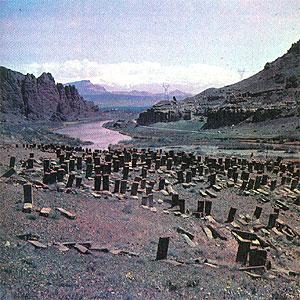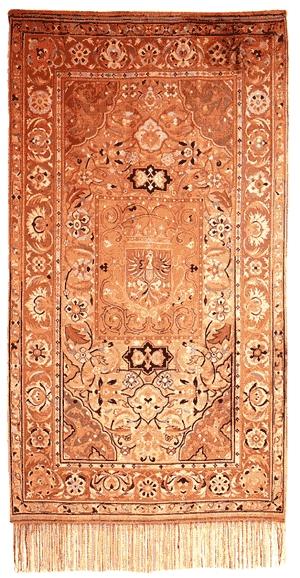In 1601 Muratowicz, travelled from Poland to Isfahan and back to buy, amongst other things, some carpets. Here’s a map showing what a long way it was:
View muratowicz working.kmz in a larger map
Muratowicz’ journey is not exactly the same as most European traders visiting Persia (he travels south of the Via Tartarica through Kaffa; and a little to the north of the path followed by Simeon the Armenian pilgrim), but it gives a good idea of the difficulty of the journey.

Muratowicz started off through the wilds of Wallachia (modern day Ukraine and Roumania) and had to cross the Danube. Simeon described how, in 1608: “the very swift, large and sea-like T’unay [Danube] river flowed by Galati [just to the north of Braila]. It was terrifying, ferocious, wide and deep, and like a bloodthirsty abyss swallowed people”. Now, of course, there’s a nice multi-lane bridge.

Muratowicz then had a vomit-inducing 61 days crossing the “Bad Black Sea”. After that he crossed what is now Eastern Turkey, but what was then a warzone. He described the Persians and Ottomans as having variously taken and retaken Erzerum, Kars, Erivan, Naczevan and Tabriz, before he at last arrived at the “great town” of Kashan. There he “had made, for his Majesty the King [of Poland], carpets of silk and gold thread, also a tent, swords and so on”.
On his journey, he was witness to the end of an era – he saw Old Julfa, home to 15,000 Armenian families, before Shah Abbas forcibly deported them in 1604; and Gremi, a bustling royal town for the Georgians, before Abbas devastated it in 1614-17.
Gremi holds a puzzle: Muratowicz made a twenty-five day detour to get there. Why did he do this? Was he really a spy, preparing the way for the Papal legation of 1604? Or simply trading on his own account to the rich court in the town?
